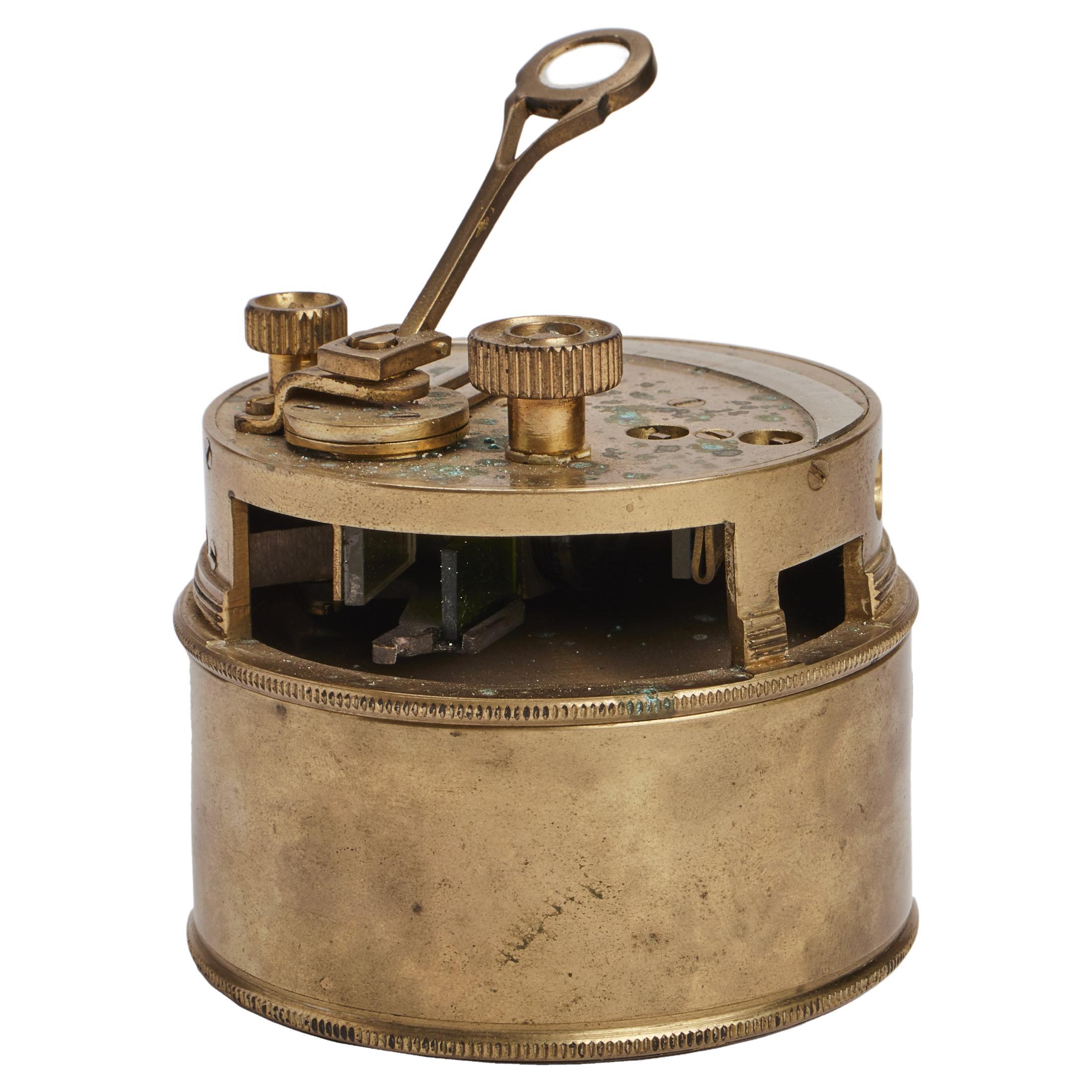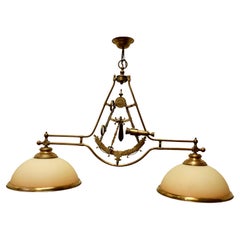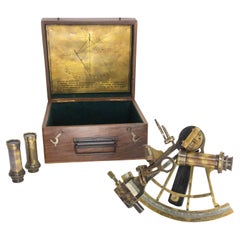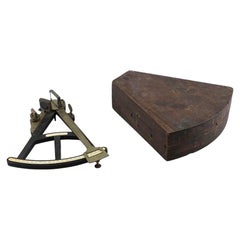Questions & Answers
Our trusted network of 1stDibs sellers answer common questions
How do I use a sextant?
1 Answer

To use a sextant, find the horizon inside of the mirror and move the arm until you can also see the object you are attempting to locate. Then, calculate the angle of elevation based on your current elevation above sea level. You'll find a selection of vintage and antique sextants on 1stDibs.
1stDibs ExpertApril 5, 2022
Related Questions
- What is brass sextant?1 Answer
- What is a brass sextant?1 Answer
- Is the sextant still used today?1 Answer
- What is a brass footman?1 Answer
- What is a brass jardinière?1 Answer
Shop for Brass Sextant on 1stDibs
Superb Large Brass Sextant Ceiling Light from the Captains Cabin
Located in Godshill, Isle of Wight
Superb large brass sextant ceiling light from the captains cabin
A very good quality lamp it has
Category
Early 20th Century Folk Art Chandeliers and Pendants
Materials
Brass
English Antique Brass Sextant Walnut Box with Spare Parts Henry Barrow, c 1880
Located in Labrit, Landes
English sextant set in its walnut box.
19th century
This box is a unique decorative item that will
Category
Antique Late 19th Century French Napoleon III Scientific Instruments
Materials
Brass, Iron
Vintage E. A. Kutz Cased Sextant, 19th Century
Located in Colorado Springs, CO
Presented is an American nautical sextant, dating to the mid-19th century. The wood, brass, and
Category
Antique Mid-19th Century American Victorian Nautical Objects
Materials
Ivory, Wood
1917 Waymouth Cooke Naval Rangefinder Sextant
Located in San Mateo, CA
sextant range finder. They were patented in 1914. The Mark II like this one came out in 1917. The
Category
Vintage 1910s English Other Nautical Objects
Materials
Aluminum, Brass
Nautical Vernier Sextant, G.W.Butters, London
Located in Norwich, GB
Vernier Nautical Sextant, G.W. Butters, London.
A fine curved frame vernier sextant, the
Category
Antique Early 1900s English Nautical Objects
Materials
Brass
Troughton and Simms Navigators Sextant in Box
Located in Norwell, MA
Solid brass ship's sextant with lattice frame, colored glass filters, many accessory scopes
Category
Antique Early 1900s North American Nautical Objects
Materials
Brass


